
Does life find a way to exist after thousands of years of seclusion in lakes locked under Antarctic ice. That’s the question a team of researchers and drilling engineers spent six weeks answering in the southern summer of 2018/19, drilling through more than 1,067 meters of ice to study Mercer Subglacial Lake, discovered by chance in 2007.

In part, researchers from the Subglacial Antarctic Lakes Scientific Access (SALSA) project are trying to better understand how the West Antarctic ice sheet is behaving and what its future might look like in a warming world. But scientists also want to know what is happening under the ice in an environment that has been cut off from the outside world for thousands, perhaps hundreds of thousands of years. There is a whole system of water flowing under the ice. There is the possibility of microscopic creatures thriving in this environment despite being completely cut off from the sun and atmosphere. The only way to get a complete picture of what was going on under the ice was to drill carefully into it and take water and sediment samples directly. “We’ve all come together on this interdisciplinary project,” said John Priscu, an ecologist at Montana State University and lead scientist on the project.
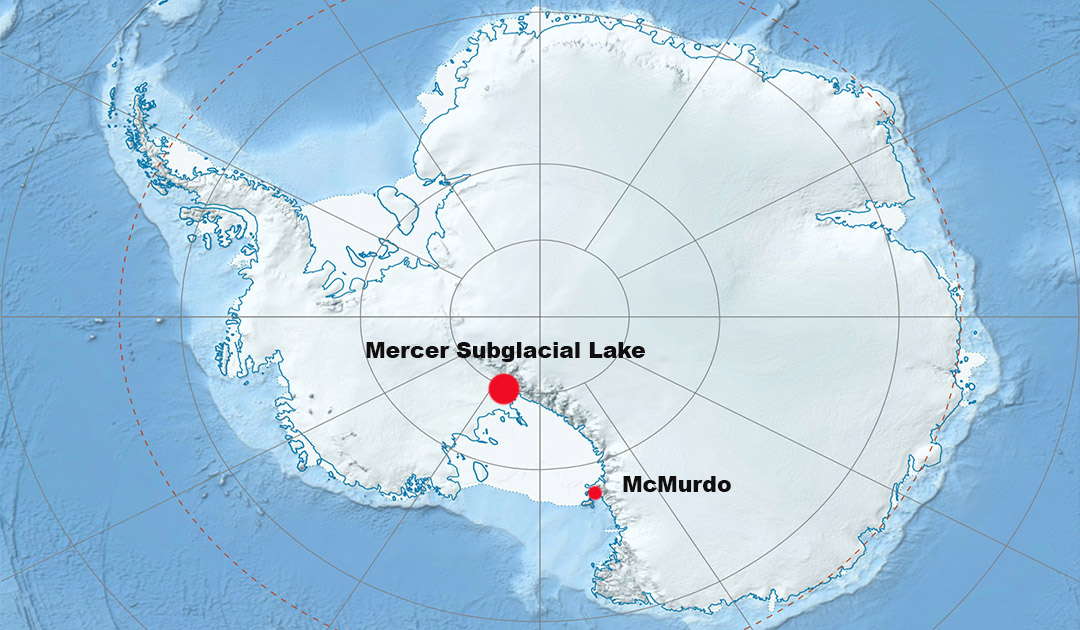
Keep clean
At the peak in late December 2018, the SALSA camp was home to more than 50 scientists, engineers, and support staff. To transport all of their supplies, the drilling machine and the scientific equipment to the site, the team had to transport them more than 1,000 kilometers from the U.S. McMurdo Station across the barren Ross Ice Shelf and the Whillans and Mercer Ice Streams. In two seasons, tractors hauled nearly a 500,000 kilogram equipment and Material to and from the remote site.
As soon as the equipment arrived and the camp was set up, the drilling team set to work using their hot water drill to melt a deep hole in the ice sheet to reach the lake at a depth of more than 1,000 meters. The drilling itself took around one week. When they reached the lake they were ready to take their first samples from the lake.
They had to be careful. Crucial to this effort was, to ensure that the entire process was as clean as possible in order to protect the underlying environment.
“Clean access is really important for two reasons. One is to protect the Continent. It’s the last untouched place,” Priscu said. “Secondly, to protect our samples so that we don’t let them get contaminated.”
Even before the researchers took numerous steps to ensure that the entire process was clean and free of contaminants. . The hot water drilling machine uses filtered water at a temperature that is high enough to essentially pasteurize the water and kill any surface microbes immersed in it. All scientific equipment and instruments that went down the borehole into the lake were thoroughly cleaned and sprayed with disinfectant to prevent hitchhiking microbes from disrupting the underlying ecosystem. In addition, the team installed on the surface a ring with powerful UV light to further sterilize all devices. “Everything that went into this borehole goes through this huge UV light ring that could cook a hot dog,” Priscu said.
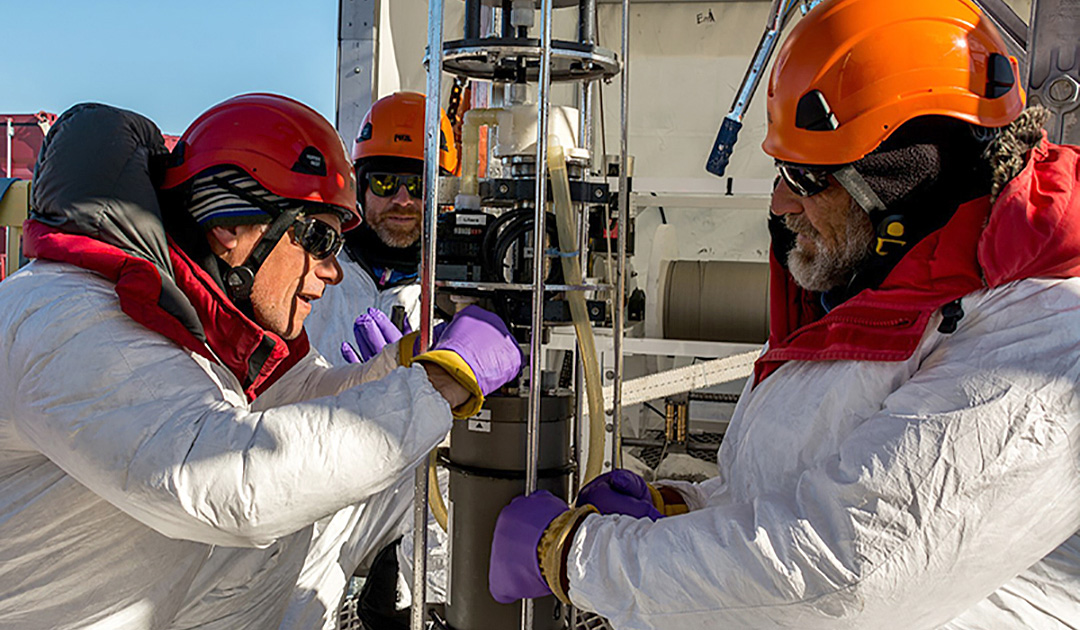
Hunt for carbon
Carbon is the key to understanding what is happening under the ice. The element is for crucial to the functioning of life. So if you understand how organisms consume and process carbon, you can learn a lot about a food chain. “We use a special radiocarbon technique that I developed to determine whether radiocarbon is is present or not,” said Brad Rosenheim, a marine scientist at the University of South Florida. “The reason for that is that if there is radiocarbon in any of these samples, they had to be in contact with the atmosphere, where radiocarbon has formed over the last 50,000 years.”
It is difficult to determine how long the West Antarctic ice sheet has existed. Microfossils found in sediment embedded beneath the ice in other nearby regions show that Antarctica’s ice sheets five to 15 million years ago were a shadow of what they are today. “The ice sheet was much smaller, the sea would have covered a larger area, and that would have been an ocean bay or a huge big bay,” said Mark Skidmore, an earth scientist at Montana State University.
But how often the ice sheet has formed, collapsed, and reformed again is a big open question. If it began to form many hundreds of thousands or even millions of years ago and remained solid until now, any carbon down there would be ancient and scientific tools would enable researchers to date it very precisely.
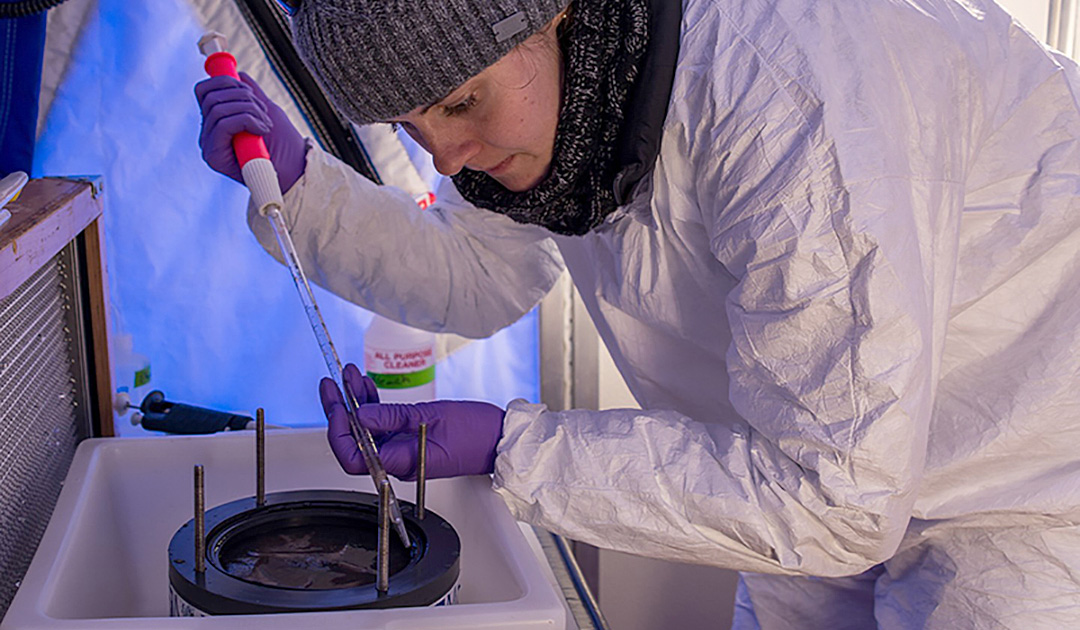
The carbon isotope carbon-14 analyzed by Rosenheim is slightly radioactive. and is only formed when carbon is exposed to the cosmic rays of the sun. Trace amounts are ubiquitous in all terrestrial and marine ecosystems. In environments that are isolated from the atmosphere, for exampl under more than a thousand meters of ice, the radiocarbon present decays at a predictable rate and cannot be replenished, so that it is eventually completely removed from the system.
If the team finds radiocarbon in its samples, it means that the ice has covered the region for no more than 50,000 years, and the West Antarctic ice sheet may be less stable and more prone to collapse as the climate warms.
“Underneath Antarctica a lot of carbon may be stored, and if the West Antarctic ice sheet melts relatively rapidly, which some models predict, there is the potential to expose and/or release it,” Skidmore said. “There has been a lot of debate and discussions about whether there might be a lot of methane being produced under the ice. If the ice melts relatively quickly, it will be released into the atmosphere.”
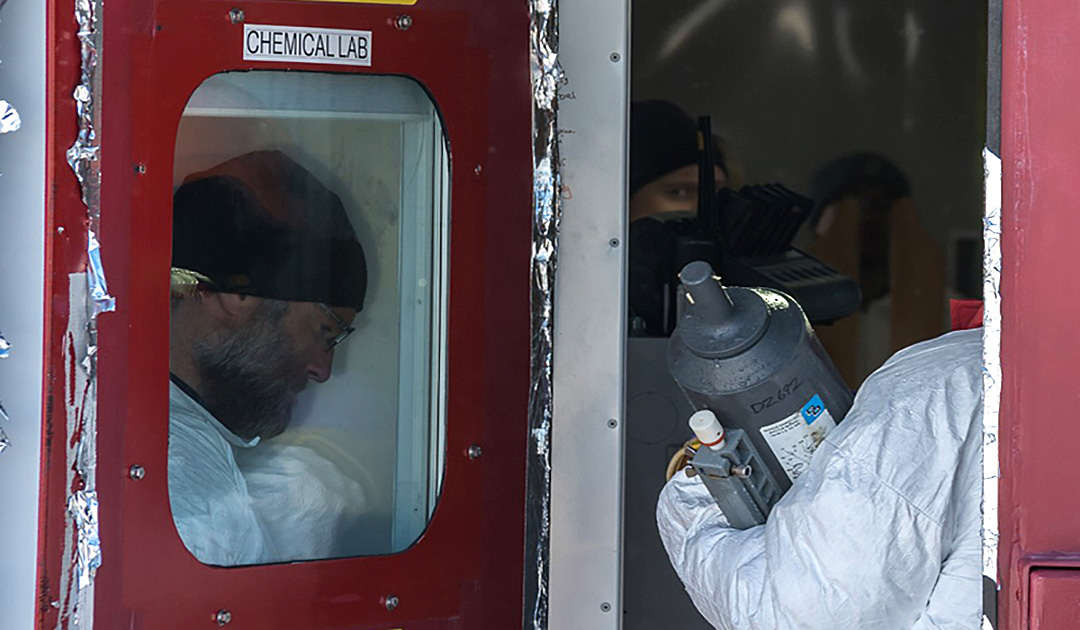
It’s alive
At the same time researchers are also investigating the carbon cycle of the creatures that currently live in the cold depths. “Lake Mercer is dominated by microbes. dominated,” said Wei Li, a microbiologist at Montana State University. “I look at who lives there and why they live there and how they live there. The first thing is to find out if there is life there and what kind of biodiversity there is,” Li said. “We took water recorded, set up a special microscope in the field lab and stained the DNA with a dye so that the bacteria under the microscope would light up. Then we count the cells and look at their morphology to figure out how close they are to Lake Mercer. That gives us a first impression of what life is like down there.”
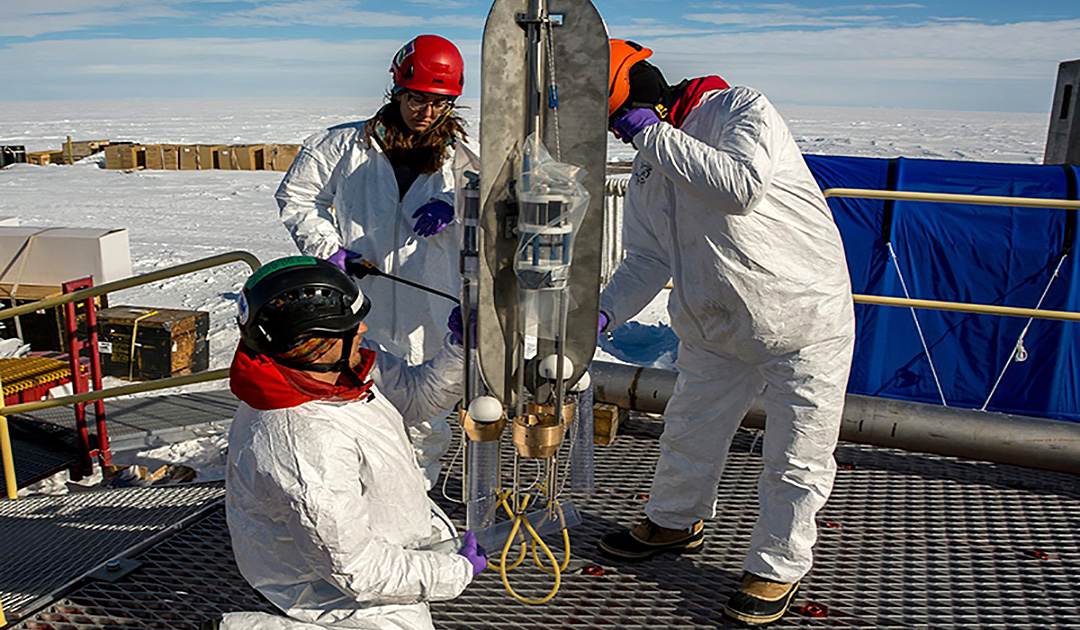
First Results show that it is difficult for organisms to survive in these dark, isolated environments. Nutrients are rare and life is sparse. Li is now working to understand what kind of organisms there are exist and how they consume the carbon that is around. Li and other biologists on the SALSA team want to find out what dominates the ecosystem: Whether it’s organisms that can use the available inorganic carbon to (autotrophs) are able to produce their own food, or organisms that feed on other organisms.
“To identify the Identify the sources of material that support life in this unique ecosystem, the team’s scientists are investigating all kinds of of analyses, especially stable isotope measurements,” Li said. “This gives us a tremendous amount of information about how the environment formed and where the sources of water, organic carbon and sediment are located.”

The Multi-Corer is a powerful tool for understanding the ecosystem carbon cycle, but they had to be but they had to be careful about using it in the same place as the team of researchers trying to use radioactive carbon isotopes to date the sediment.
The naturally occurring radiocarbon that scientists use for carbon dating occurs in such trace amounts that the teams had to take extra steps to to ensure that the samples were not accidentally contaminated.
To prevent this the scientists built two completely separate laboratories for the experiments. One in which the researchers could use their tracer radiocarbon and one that was classified as radiocarbon-free, in which they could carbon date without worrying about contamination.
“We take very strict precautions to limit the number of crossovers,” Rosenheim said. “Not even a screwdriver should move between the labs, let alone a person.”
It is the first time that these two techniques have been used so closely together. The researchers developed this “separate environment” in order to be able to apply research techniques directly side by side. The two techniques complement each other and allow researchers to gain a more comprehensive understanding of both the ancient history and the current conditions of the of the lake, greatly increasing the amount of information collected during the project.

The researchers are still rummaging through the numerous samples they took during their time on the ice sheet. With so many tasks to complete, members of the team in the coming months will be creating microbial DNA sequences, analyzing water analyze and study fossil samples.
“We will spend a lot of time in labs where students will examine microsamples, process samples and analyze the results,” said Priscu, adding that in addition to the more than 25 U.S.-based scientists, SALSA also has international collaborators. “We have samples, that go to Korea, we have samples that go to Italy, we have samples that are going to the United Kingdom. So there’s a lot to do and a lot to pursue.”
Source: Antarctic Sun





